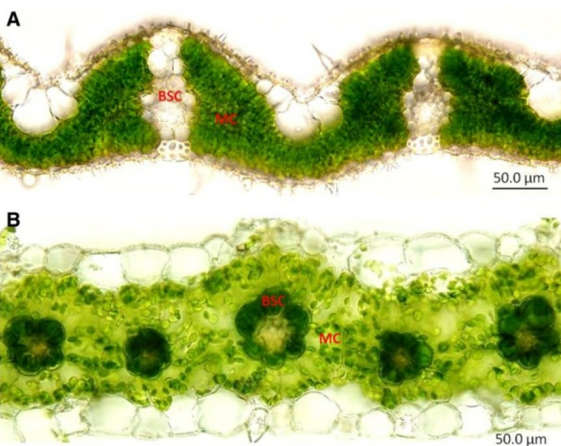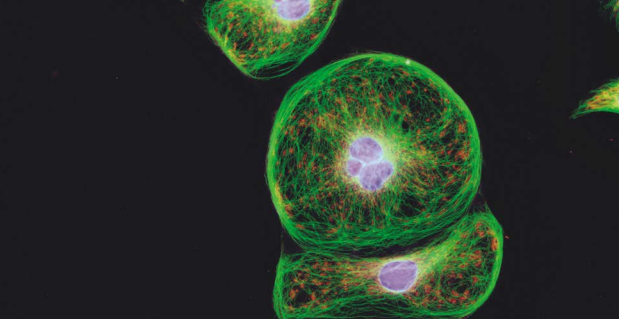Green foxtail millet (Setaria viridis) has NADP-ME type of C4 photosynthesis. Because of its short life cycle, small genome size of ∼515 Mb, small plant stature, high number of seed set, simple growth requirements, and wide adaptability, this diploid (2n = 18 weed is proposed to be a model species for the study of C4 photosynthesis. It is also a representative of bioenergy grasses and a model for genetic study of invasive weeds. Despite having all traits of a model species, it is difficult to cross-pollinate because its flowering behavior is not well studied. We used time lapse digital recording to study the flowering time and pattern along a single panicle. We found that flowering in Setaria was triggered by the darkness of the night and when the temperature was lower than 35∘C. The anthesis of all the spikelets in a panicle took up-to three nights flowering from 9:30 pm to 10:00 am in the morning. Each spikelet has three phases of anthesis during which pollination occurs. A spikelet remains open for less than three hours. The pollination time for each spikelet is less than 60 minutes. Information from this study will facilitate the geneticists and plant breeders to plan for efficient crossing of Setaria.





